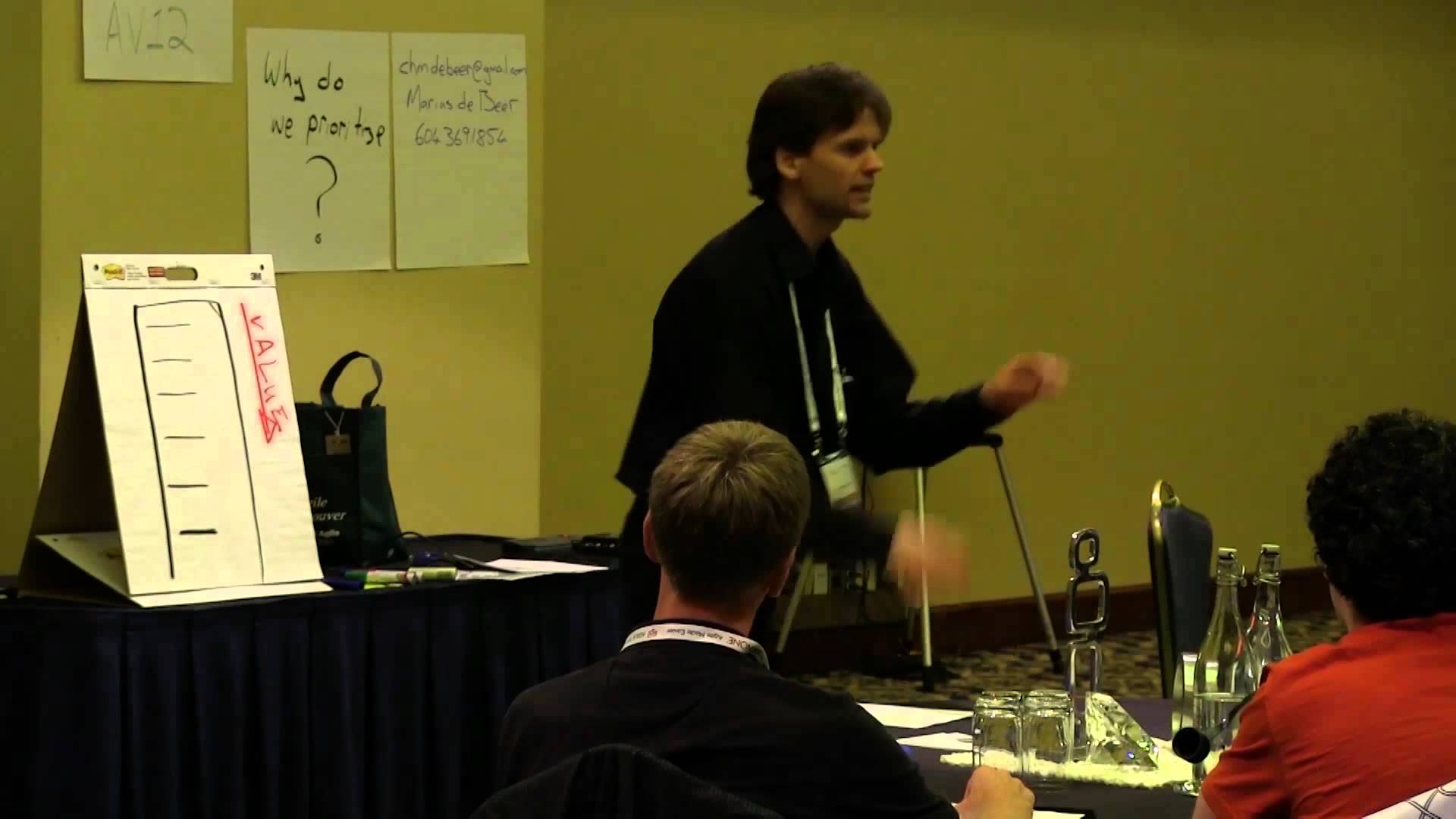User Stories Considered Harmful
Agile approaches have few proposed specific rules or techniques that have become de facto standards. One of these technique is to use the “as a <type of user>, I want to <do something>, so that <reason>” format to define requirements as user stories. In this blog post, Jim Bird discusses the idea that this user stories format is not the best way to manage requirements.




